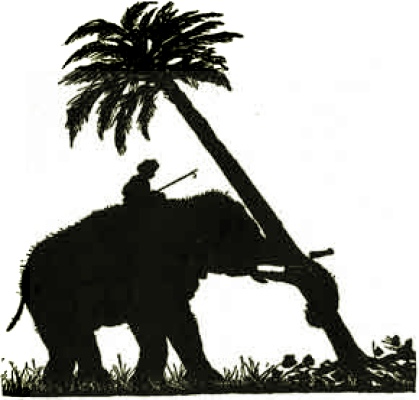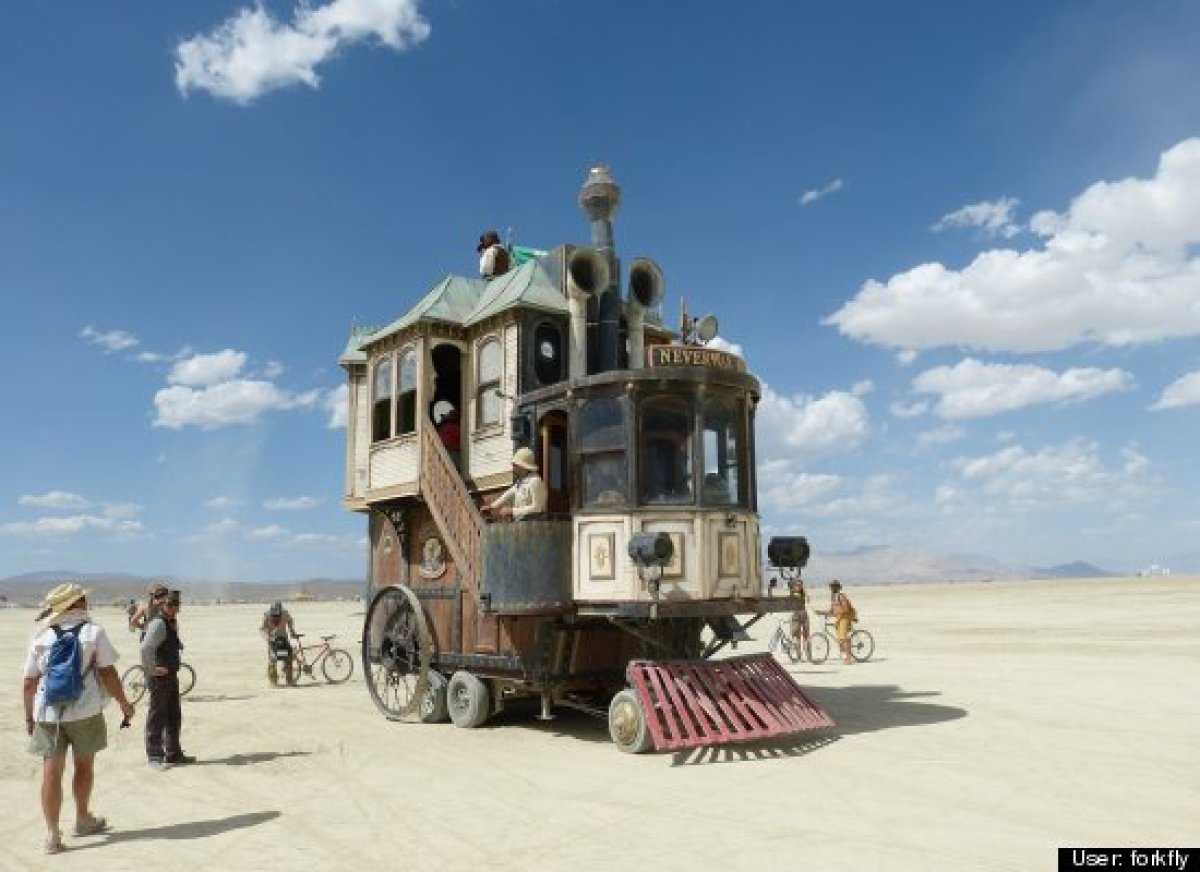Alone With Your Self: The Hermit Experience
An Interview with Edward (Ted) A. Burger,
director of
Amongst White Clouds
by Lauren Deutsch
Photo by Dr. Ishwar Harris
Edward A. Burger has been living in the People’s Republic of China for over eight years, working as a translator, filmmaker, cultural-exchange project coordinator and musician.
Originally drawn to China as a student of Buddhism, he found his teacher, Master Guangkuan, in the Zhongnan Mountains in the winter of 1999. He completed his first documentary, Amongst White Clouds, about Zhongnan Mountain hermits in 2005...
What surprised you about these folks?
The first time I walked into the Zhongnan Mountains I was 23 years old and I had only read Bill Porter's book [Road to Heaven] and some thousand-year-old poems. I’d stared at the little woodcutters and zither-toting scholars in the landscape paintings at the Cleveland Art Museum. I had all these ideas about hermits. The thing that surprised me when I met Zhongnan hermits for the first time, was that most of them had very little to say about, and had very few thoughts about themselves as “hermits”. I mean, they don’t care that they are “hermits” and don’t do lots of things we think hermits do. They don’t ALL “moon gaze” or write poems about moss. Some do. Some fit that archetype and have tear-soaked sleeves and stuff like that. But not all. Most of them don’t care about being a “hermit” in that literary sense. They are just looking for a quiet place.
So I guess I was surprised that they weren’t exactly what I expected. Which is nothing new, right? But this was a big lesson. There’s a difference between romanticisation and inspiration. Over the years I’ve realized, and I think this is something that influences my filmmaking, that romanticizing masters or hermits or Buddhas is this subtle way we have of shirking spiritual responsibility. It puts them and what they are, “out there” somewhere. The Dharma’s central message is that we are all Buddhas already, ready and ripe for liberation, peace, Buddhahood. In a way we don’t believe it or our little hang-ups tells us not to believe it. It’s like the little demon on your shoulder whispering in your ear. These hermits are just practitioners, practitioners at a very advanced level, typically, but in any case, they are doing what we should all be doing- recognizing our potential as Buddhas and going for it. To romanticize them is to, in some ways, ignore our own potential and load it all on some “other” beings. At the same time they are extremely inspiring to us. That’s why Bill wrote his book. And that’s why I’m making these films.
How many hermits are out there?
I ran this question by Bill because I only know the Zhongnan hermits, and he said that at any given time there are “between 3,000 to 5,000, maybe even more” hermits across China. It’s interesting to remember though, that the actual individuals within this group we call “the hermits” are in flux. Hermits go into the mountains and hermits come out of the mountains every day, staying anywhere from a few months to a lifetime. Typically 3 to 5 years. These hermit masters that stay in the mountains for 20 years or more are the exception, at least within the Buddhist communities I am familiar with.
What are their practices? (secret? ancient? textbook?)
I have met hermits that sit Zen all day and scorn study. Others that recite sutras all day. Some recite the name of Amita Buddha and others engage in Tantric meditation and rituals. Often they combine any of these practices. Whatever gets you there.
What did you do daily?
Life in a hermitage is different than life in a monastery. In the mountains you do your own thing. That’s harder than it sounds. To keep to your practice without the bells and clappers used to call out the schedule in the organized communities. In a larger place like my master’s, group activities are not organized but happen when needed. We eat together and sometimes work together. Usually chores are a welcome distraction, a break from the meditation cushion or to rest your eyes from reading. Other than meditation, reading and work, I sit in my Master’s room and hit him up for answers. We eat oranges and drink tea. I talk to him about things going on in my life and he helps me apply the Buddha’s teachings to this everyday life, my “red dust” life. Sometimes we talk about what’s going on in the world. We write poems together. Bad ones, mostly. I wander around the ridges looking for birds, gather wild vegetables for supper. There’s lots to do.
What inspired these hermits to take to the hills?
Though the stories I sometimes hear from monks and nuns about their reasons for ordaining are fascinating and varied, most of the hermits have the same motivations for living in solitude- the monastery isn’t quiet enough, there are too many distractions, with other practitioners around, even a bit of chatting is too much for someone getting down to the most subtle levels of practice. You’re sitting in deep Samadhi and “bing” the bell rings and you have to get up with everyone else. That’s no good. So they need the quiet and focus of solitude. And there is nothing to take you away from the practice when you’re alone, face to face with yourself. Utterly alone with yourself. Only thing around you is nature, which is like a sutra itself, reminding you of birth and death and interdependence. All the teachings acted out like a play around you.
What happens if someone wants to leave the hermitage?
Hermits are monks, nuns or lay practitioners who need that space and environment at that time or phase in their development. They come and go according to the needs of their practice. Wang Wei says “The mountain is empty, but I hear people talking…”
Do they maintain any contact with family?
Master, like a lot of monks his age, was married, even had kids. I’ve heard of monks ordaining with their spouse and kids, together, after Deng Xiaoping’s reforms. Lots of folks who were quiet Buddhists throughout those years ordained, almost all at once, after the ban on religion was lifted. They go their separate ways, never to meet again. Young monks visit their mother and father sometimes. It depends on the person. Whether that would be good or bad for their practice.
What surprises these folks?
Recently a young monk told me that during a winter retreat once he walked out of the meditation hall and blacked out at the sight of a blade of grass. It was just too shocking, that blade of grass. But he is a novice. Most hermits that have been in the mountains for a few years, which means they were ready and well prepared to be a hermit and their practice is mature, are difficult to surprise. Instead they have this kind of calm amusement toward new things. Finding out that the new bullet train will get you to Shanghai in eight hours will amuse an old hermit. They might get a kick out of that. But in the end these things are utterly insignificant.
I went to Taiwan for a year, back in 2000, to make some money for school in Beijing. When I returned to the hermitage I walked into the kitchen expecting Master to greet me with warm surprise. He was cooking. He glanced up from the ladle of soup at his mouth, sipped noisily and said, “There’s noodles. You hungry?”
I read an interview once where Leonard Cohen said, "Nine o’clock, and we’ve had several lifetimes already." (Pico Iyer, Shambala Sun, September,1998) I always remember that because it reminds me to have this kind of perspective. Like Master and the kind of time/space world he lives within. His mind functions on “infinity” time. He thinks in Buddha lands and epochs. Vast, and boundless. To an enlightened being, birth and death is like going out to pick up a loaf of bread at the corner store, for you or I. How do you surprise someone like that?
How did it change your life (if it did...)
The thing that impressed me first about Master was his surety, his lack of doubt. He has no doubt that what he does every day is the most important thing he could be doing, it makes the most sense. He has taught me that my life is up to me, not in a greeting card kind of way, but in a very subtle and profound way. “They only thing that is wrong with you” he said on one of the first days I met him, “is that you don’t know there’s no difference between joy and suffering, this life and that life down below.” That was very profound to me. It keeps the practice here, with you all the time. As awareness of your True Nature strengthens this begins to make more and more sense.
What exactly happened to you after you studied with your teacher?
I am still my master’s student. I stayed with him for six weeks in the winter of 1999. Then I went back to Beijing to study more Chinese. Since then I make the trip out there to see him three or four times every year. For a week or a few weeks or more. Lately though, I’m trying to spend time in monasteries. We decided I need that. I need community. Discipline. So now I visit Master like I visit family, to catch up. But my practice happens elsewhere. Which is nice for me right now. My new film is about this. It’s about Zen practice in community, as opposed to seclusion.
What if someone who sees the film wants to follow in your footsteps?
The universe is a swirling and complex banging together of causes and conditions. We are no exception as people. As “individuals”. If you need to meet a hermit, I am sure you will. But what that means, to meet a hermit… that is a slippery notion. When I contacted Bill in 1998, he let me know that “the Buddhists will take care of [me].” That’s all he said. It was enough for me to get on a plane. It was a little crazy actually. The rest was an incredible lesson in interdependence and what we call “yuan”. But Zen is all about stepping off of cliffs in the dark. So in retrospect how all of this worked out makes sense.
Photo by Lin Lin
Ted's second film, A Life in Shadows is based on the Shaanxi Shadow Theater tradition
– see "On the Art of Shaanxi Shadow Play" in
KJ #69.
See
www.commonfolkchina.com for full bio, more photos, links to Ted's film websites and more.
Amongst White Clouds Official Website:
http://amongstclouds.com
Source:
Link:
http://www.kyotojournal.org/kjonlinefeatures/hermitsQ&A.html
KJ Interview: Amongst White Clouds
















 Buddhist Hermit living in China's Zhongnan mountain range.
Buddhist Hermit living in China's Zhongnan mountain range.












